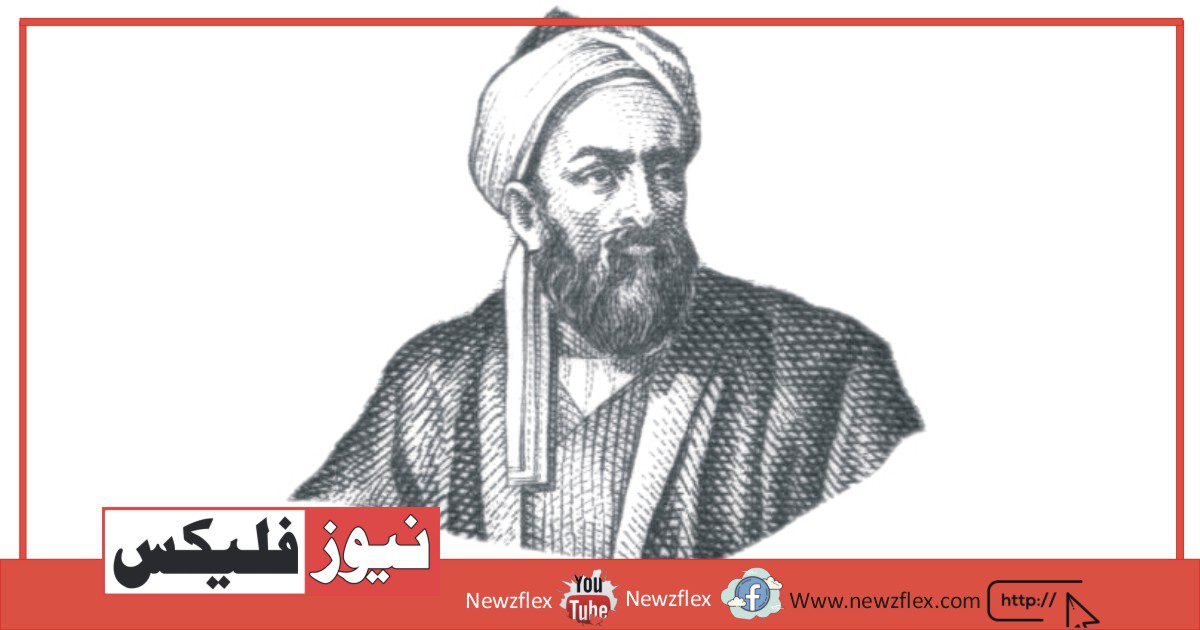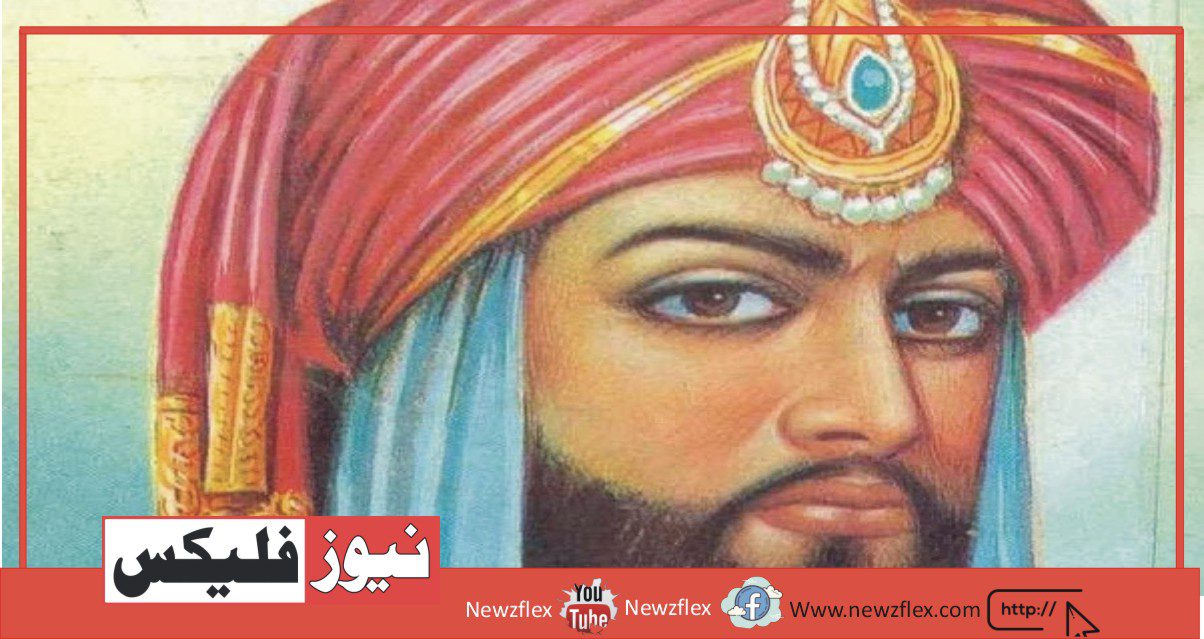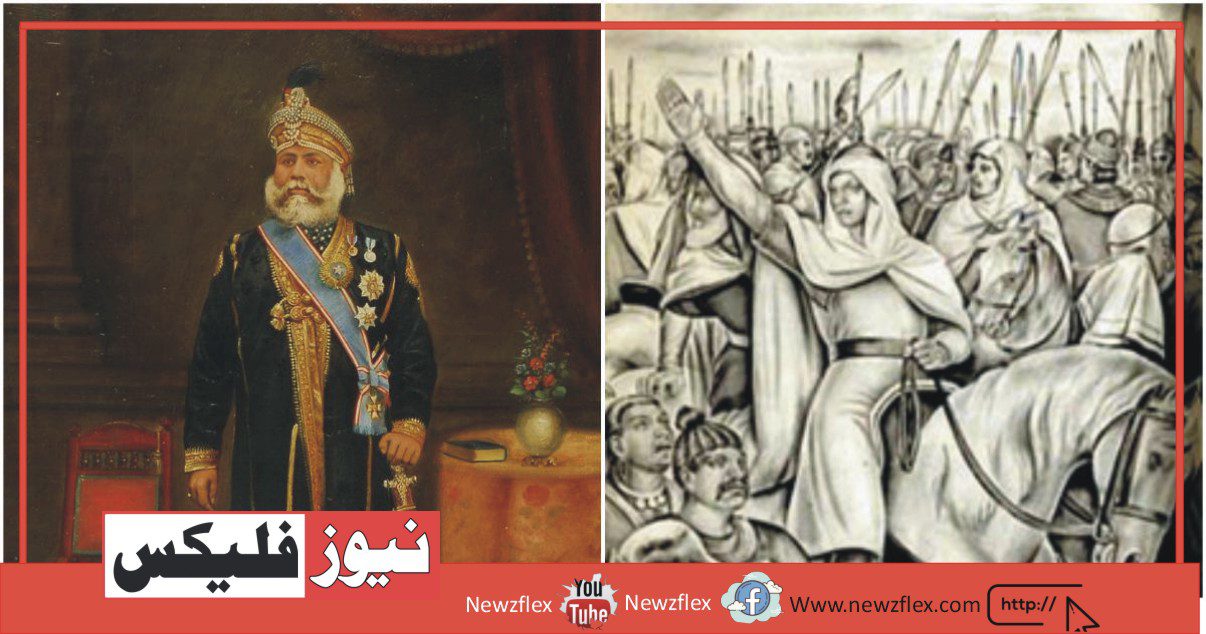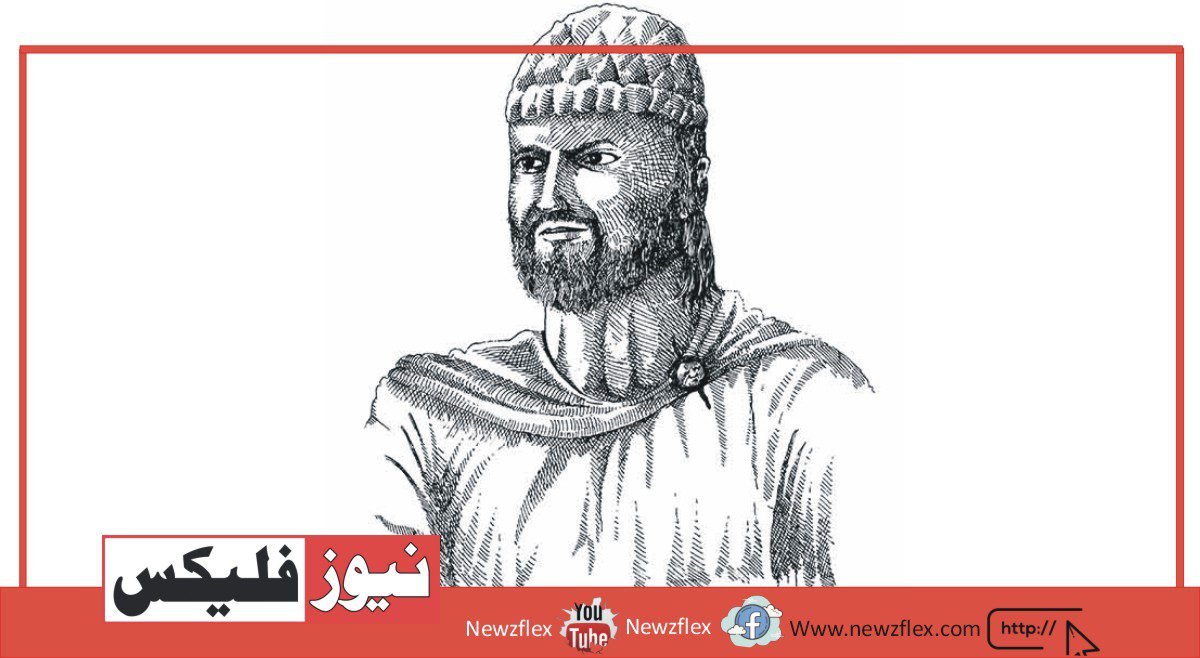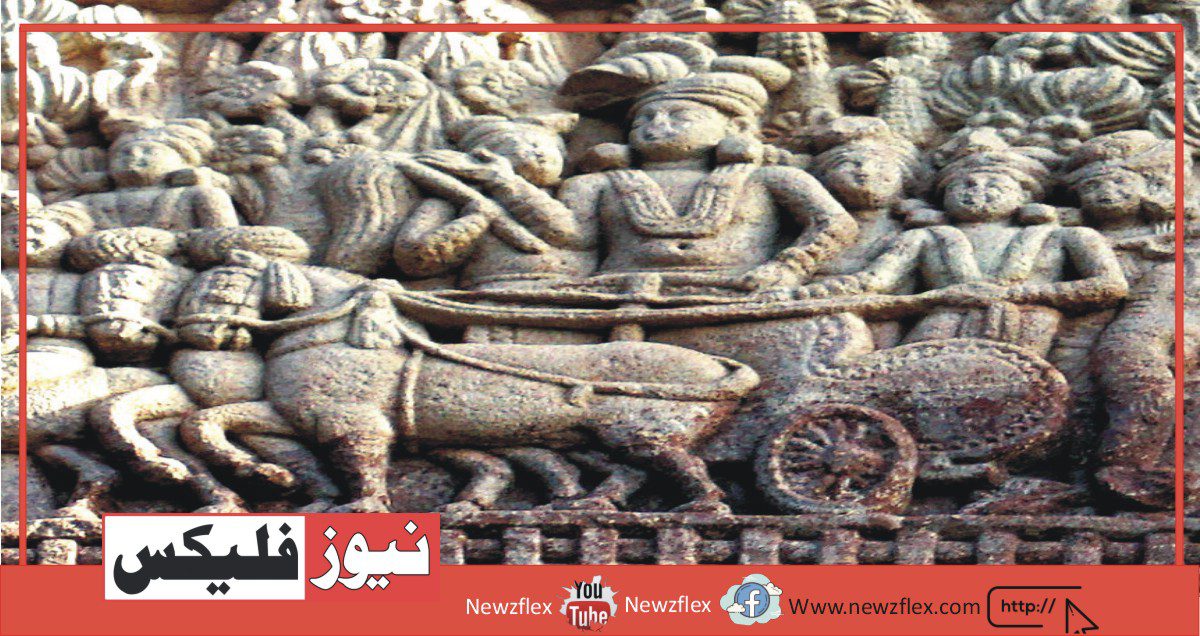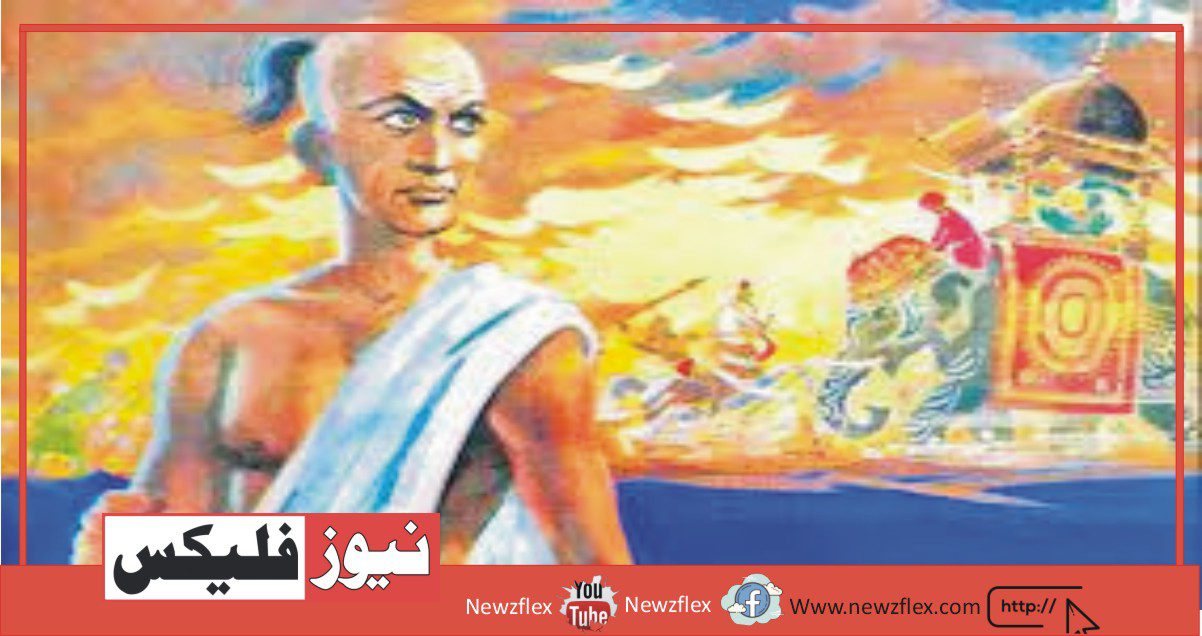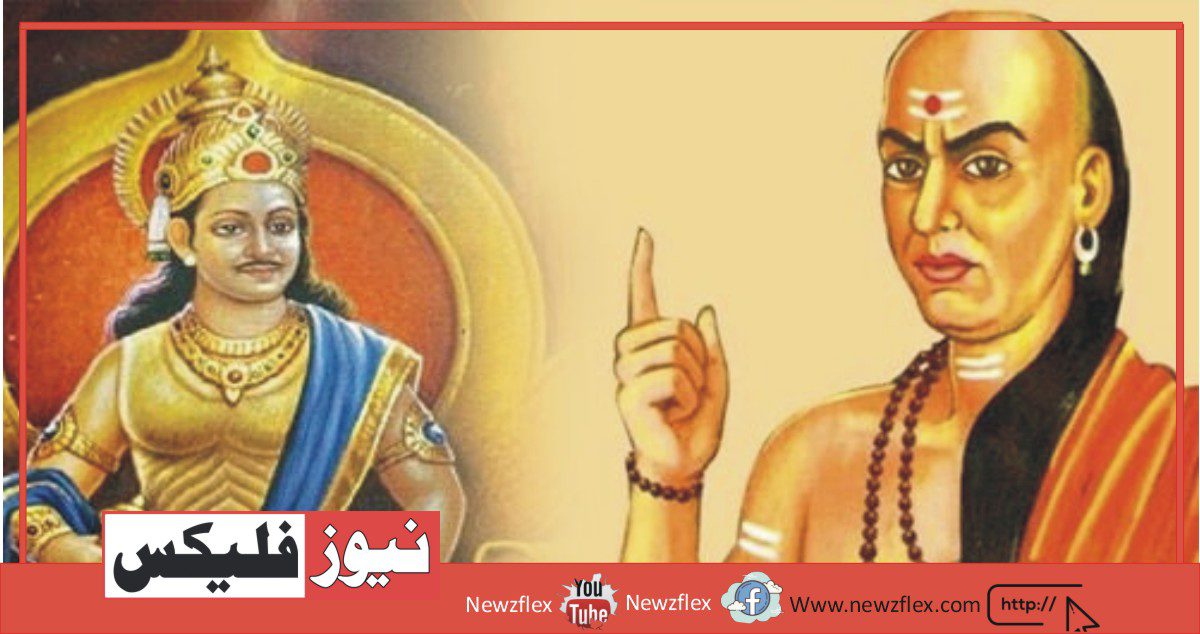Al-Behruni
Al-Behruni Al-Behruni was born in September 5, 973 in Khwarezm. His first twenty-five years were spent in Khwarezm where he studied fiqh, theology, grammar, mathematics, astronomy, medics, and other sciences. The end of the 10th century was the age of social unrest in the Islamic World. Thus in 995, he left for Bukhara, and in […]





